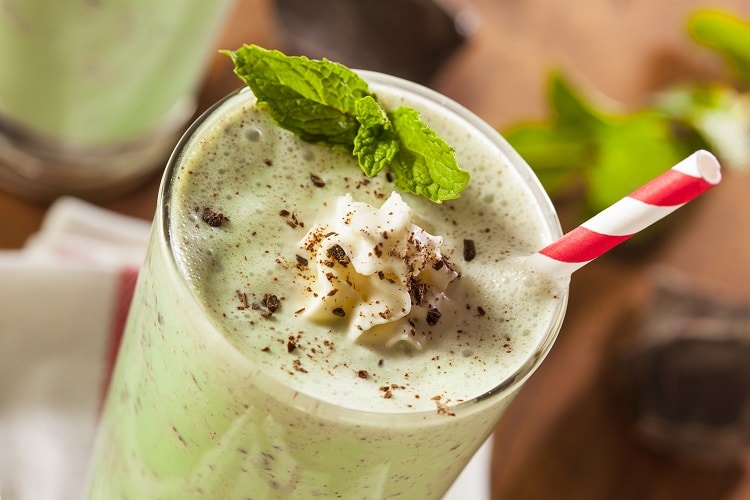My boyfriend (now husband) and I purchased a home last year. We closed around Thanksgiving and I was determined to show what grown-ups we were and have the house ready enough to have a holiday party/housewarming party. All was falling into place with the house-the place in my mind had enough better homes and gardens appeal to show off our home. I then began the task of menu planning.
Thank goodness for the internet. A few days out from the party, I started Googling keywords such as “perfect holiday meals,” “great party menus,” and the like. When I came across Martha Stewart’s “Perfect Roast Turkey,” I knew that I had hit the jackpot.
How can you go wrong when “perfect” is in the name?Little did I know, the “perfect” turkey takes two days – one for brining and one for cooking.
T- 1 day till party, I got my man busy cleaning the house as I set off to start the brine. There was wine, there was salt (lots of it), and there were many spices which I am sure only Martha is familiar with. I began boiling, periodically dumping in miscellaneous items such as juniper berries and coriander seeds. Once the boiled concoction was complete, it was time to submerge the turkey. Overnight, my 20 lb turkey swam in a cooler filled with a very powerful, over-seasoned brew that I could only hope would yield a “perfectly seasoned and roasted” bird.
Party day had arrived. I was up-and-at’em at 6am to make the preparations for the party that wouldn’t begin until 5pm. I followed each step precisely and 5 hours out, the bird was out of its bath and into the oven for 5 hours, during which I would periodically turn, poke, and prod it at set intervals.
The guests were about to arrive. Thank goodness for my seasoned cook of a mother (Martha-like in many ways), who showed a little early to help plate the rest food, get it on the table, and pop the wine.
I had pulled it off. It was time to take the bird out of the oven. Golden and beautiful, it did somewhat resemble the photo on the website. Mom, went on her way disassembling the perfect bird. Just as the first guest arrived, I hear “Lauren!!! You are supposed to take the neck and jiblets out before you cook the turkey!!!”
Oh well, I tried… who can think of everything? Regardless, the evening went well and Martha was true to her word, the turkey was perfect (now that the superfluous elements were removed) and absolutely delicious. Here is the Martha’s Recipe:
The turkey needs to soak for about 24 hours, so plan accordingly. Soaking the turkey overnight in a solution of salt and water ensures moist results. When you add aromatics to the brine, the resulting roast is also infused with a subtle character all its own. Lining the brining container, whether tub, stock-pot, or bucket, can minimize cleanup, but finding a place for the turkey can require some creative refrigerator rearranging. If there simply isn’t room, place the bagged bird in a cooler, and surround it with ice, replenishing as necessary to keep it at 40 degrees.
Ingredients
Makes enough brine for one 18- to 20-pound turkey
- 7 quarts (28 cups) water
- 1 1/2 cups coarse salt
- 6 bay leaves
- 2 tablespoons whole coriander seeds
- 1 tablespoon dried juniper berries
- 2 tablespoons whole black peppercorns
- 1 tablespoon fennel seeds
- 1 teaspoon black or brown mustard seeds
- 1 fresh whole turkey (18 to 20 pounds), patted dry, neck and giblets reserved for stock, liver reserved for stuffing
- 1 bottle dry Riesling
- 2 medium onions, thinly sliced
- 6 garlic cloves, crushed
- 1 bunch fresh thyme
Directions
- Bring 1 quart water, the salt, bay leaves, and spices to a simmer, stirring until salt has dissolved. Let cool for 5 minutes.
- Line a 5-gallon container with a large brining or oven-roasting bag. Place turkey in bag. Add salt mixture, remaining 6 quarts (24 cups) water, and the other ingredients. Tie bag; if turkey is not submerged, weight it with a plate. Refrigerate for 24 hours, flipping turkey once.
IngredientsServes 12 to 14.
|
Directions
|
Recipe from marthastewart.com




One Comment